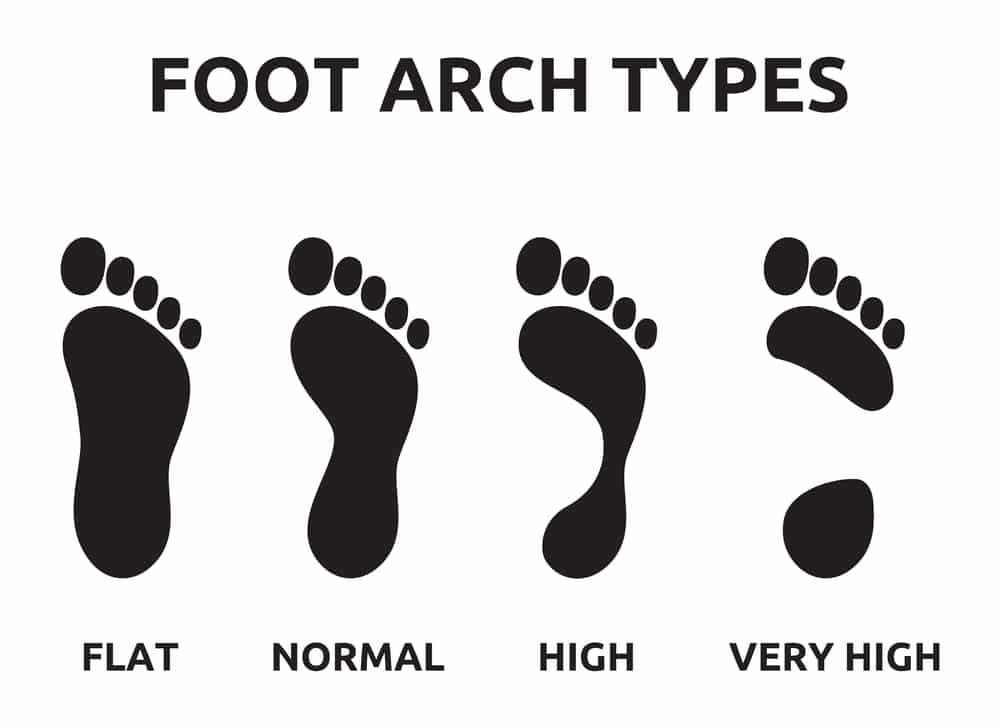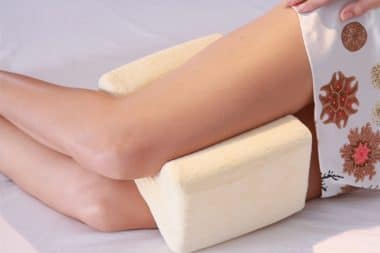High foot arches affect a lot of people. High arches can lead to more than just discomfort and foot pain. The arch of your foot is the part that stretches between the balls of your foot and your heel. There are just high foot arches, and then there are extremely high foot arches called Cavus foot. This is where your arch doesn’t touch the ground at all when standing on flat ground. When you suffer from Cavus foot the weight of your body is put on the heel and on the balls of the foot.
Causes
High foot arches are usually inherited. Sixty eight percent of the women who suffer from high arches have inherited high arches from their parents. Only a small percentage of people with high arches have them from an underlying neurological disease. High arches can be a symptom from cerebral palsy, muscular dystrophy, spina bifida, polio, spinal cord tumors, or Charcot-Marie-tooth disease. If you have high arches from one of these neurological diseases it will worsen over time, when you have inherited high arches they usually won’t get worse. Â
Diagnosis
The way to test if you have high arches is to do the wet foot test. You wet your foot, stand on a piece of cardboard. Allow the water to soak into the cardboard and step off. If your foot print shows no arch, the middle part of the foot between the heel and the balls of the feet then you have extreme high arches. Evaluation of your arch should be done by a doctor or podiatrist. Misdiagnosis can lead to problems of overcorrecting something that truly isn’t an issue. Other types of evaluation are looking at family history, physical exams that can include the wet foot test. Looking at walking patterns or wear and tear on shoes. You may need to rule out neurological disorders if those are a question at all. If your doctor needs further information they may want to get x-rays done, electromyography, or a nerve conduction velocity test. Â
Symptoms
There are more symptoms that go along with high arches than just foot pain. You can suffer from hammertoes, claw toes, calluses on the balls of your feet, calluses on the heels of your foot, pain when standing, walking or running, and you can be more susceptible of ankle sprains. Not only can you suffer from these symptoms that can be rather painful and cause problems with walking and standing you can also have a higher risk of getting other foot problems with higher arches.Â
Complications
You can be more prone to plantar fasciitis. This is when your plantar fascia is inflamed. The plantar fascia is the ligament that connects the heel to the toes. This can cause pain in your heel or along the bottom of the foot. Metatarsalgia is the inflammation of the ball of the foot. It can cause a tingling, numbness, aching, or a pebble in the shoe feeling. Usually this will get better with rest and hurt or worsen more with standing, walking, or running.Â
High arches can also cause claw toes which are when your toes bend into the soles of your feet. The reason why you may have weak ankles when you suffer from high arches is because your heels will naturally tilt toward the middle of your body to help with your stability when walking. This can lead to ankle weakness causing you to be more prone to ankle sprains. Â
Treatment
Surgery is not always the answer to fixing high arches. If you have a neurological disorder, treatment for that may help alleviate your high arches. Or they may just be a cause from the disorder then you will have to find treatment to help alleviate your symptoms of high arches.Â
There are some things you can do at home. An easy remedy to look into are orthotic devices, this can include orthopedic insoles to put in your shoes, or buying specialty shoes for high arches. Foot pads can also alleviate some of the discomfort when standing or walking. You can wear night splints to help as well. Icing your feet and taking over the counter pain relievers are also good options for daily pain and discomfort.Â
In cases when these home remedies don’t work or don’t give enough relief you can look into doing physical therapy to learn some exercises to strengthen your feet, ankles and loosen the ligaments in your feet if they are inflamed. Only in severe cases will a doctor suggest surgery to correct a high foot arch. Â
Conclusion
High foot arches are very common. Rarely people suffer from some extreme of a high foot arch. If you think you suffer from these, speak with your doctor who can help diagnose you. Have a doctor look at your foot before you assume you have high arches, misdiagnosis and treatment of high arches that aren’t there can cause damage to your foot. If you don’t have an underlying disorder, home remedies can be very useful and make it to where you have little or pain on a daily basis and you will be able to do all normal activities on a daily basis.Â
Â
Foot heel pain? Could this pain be caused by Cavus Foot, extremely high arches? Learn more here. #HealthStatus
The way to test if you have high arches is to do the wet foot test. You wet your foot, stand on a piece of cardboard. Allow the water to soak into the cardboard and step off. If your foot print shows no arch, the middle part of the foot between the heel and the balls of the feet then you have extreme high arches.Â
Sources:
https://www.healthline.com/health/high-arches#takeaway
https://orthopedicassociates.org/high-arch-feet-and-why-they-are-a-problem/#:~:text=High%20Arch%20Feet%20Problems&text=Cavus%20foot%20can%20develop%20at,as%20do%2063%25%20of%20men
https://treadlabs.com/blogs/insoles-reach-your-stride/high-arch-foot-problems-relieve-pain-in-arch-of-foot









Reply